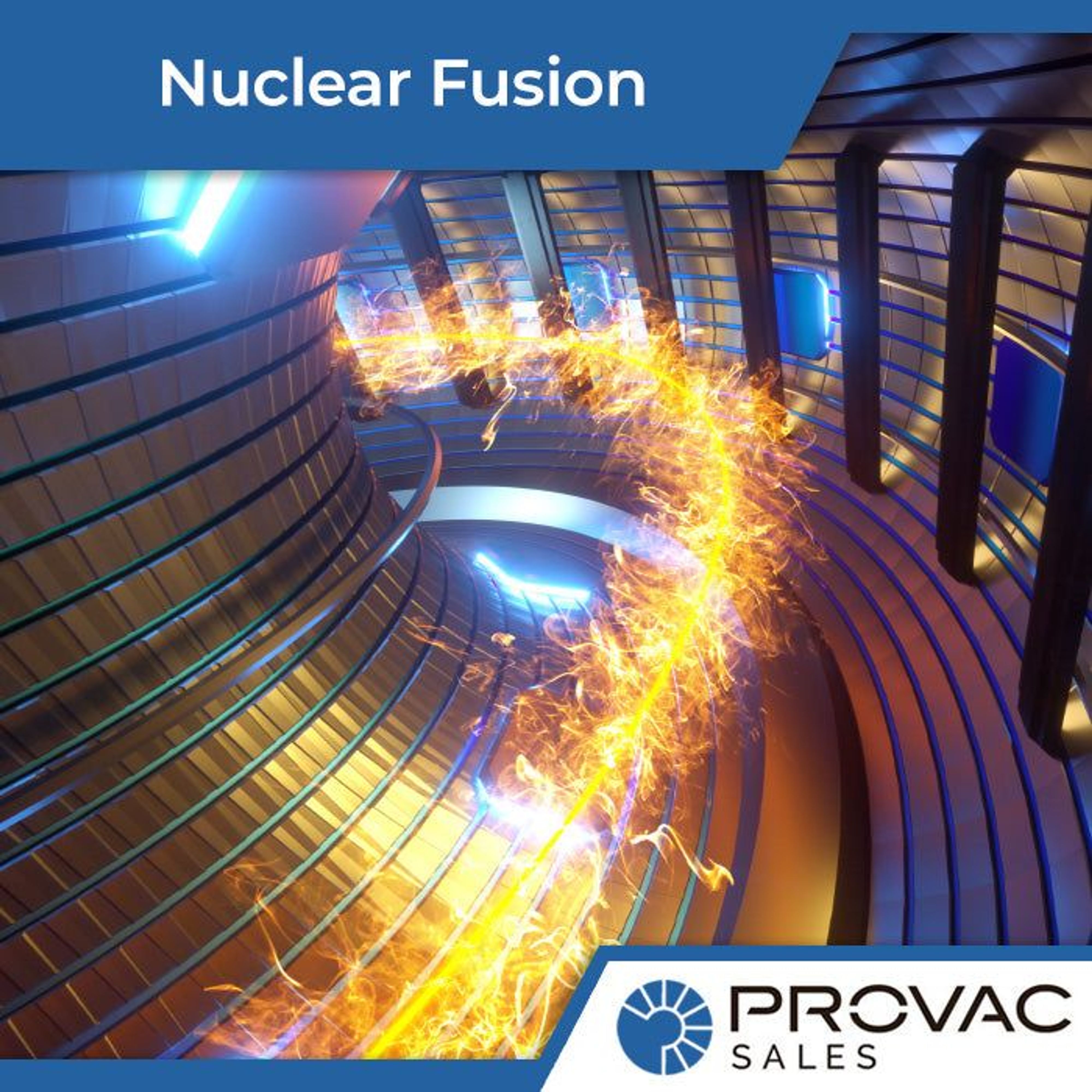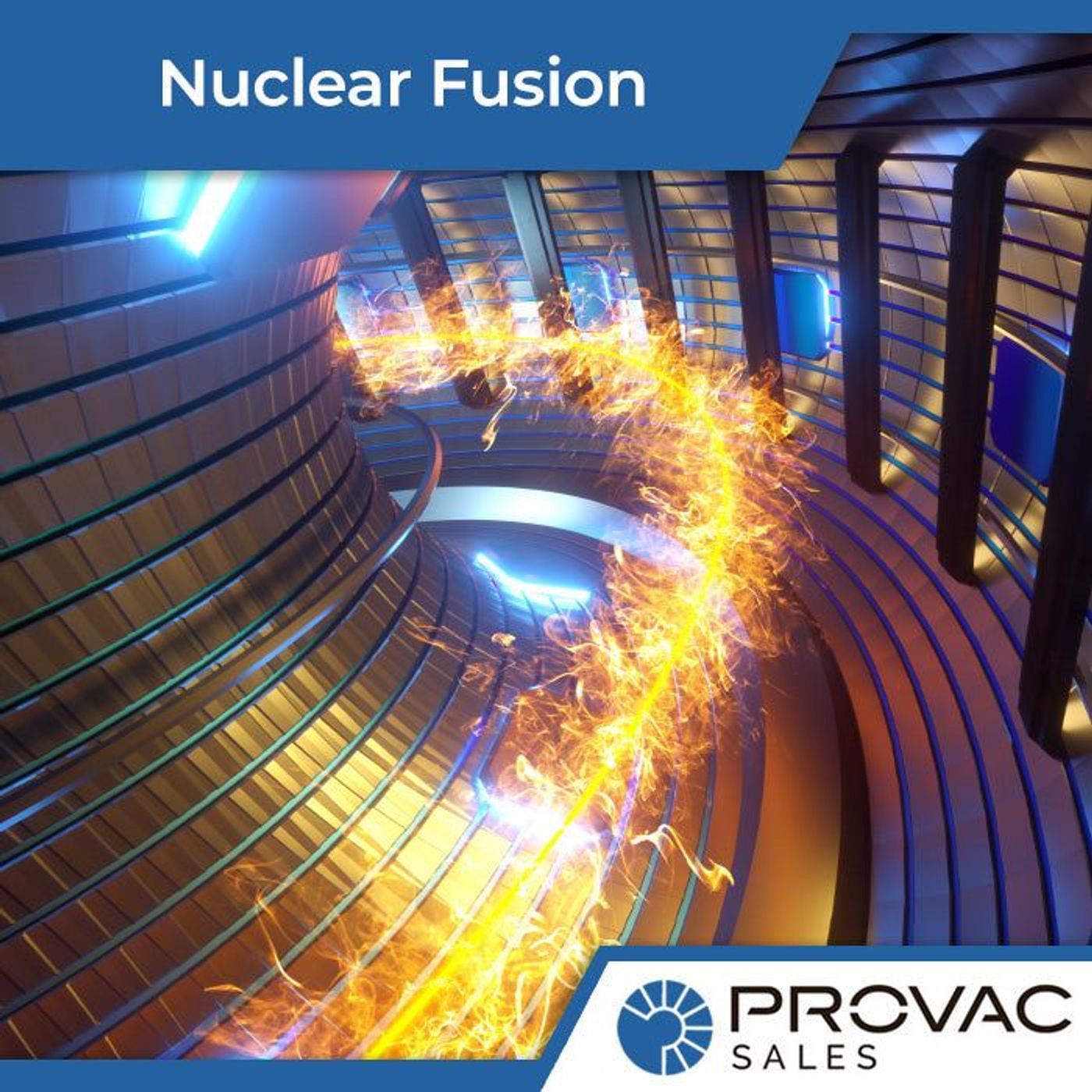The modern world today is more dependent on energy and power than ever before. But what can produce enough sustainable energy to meet the ever-growing demand? Power obtained from nuclear fusion is definitely the solution to this energy crisis on earth. The raw material fuels used to facilitate nuclear fusion are readily available and abundant across the planet. There are entirely no greenhouse gas discharges and, dissimilar to the latest nuclear energy setups, there are no radioactive wastes to handle, and no risk of the reactors getting unmanageable and pulling another ‘Chernobyl’.
So, what exactly is nuclear fusion? This process entails merging nuclei to create a new larger atomic nucleus. When atomic nuclei come into contact with one another, they give off a tremendous amount of energy, which provides some hope for a new and sustainable power source in the coming future.
Nuclear fusion research has largely aimed to reconstruct an identical reaction to what happens in the sun by joining two kinds of tritium, deuterium and hydrogen, to produce helium. This needs a massive amount of energy, since the gas has to be subjected to extremely high temperatures of up to 100 million degrees Celsius, in order to produce plasma.
Among the main drawbacks that nuclear fusion research is facing these days, one of them is maintaining the extremely high temperature and dense plasma in the vacuum chamber and sustaining it there, even as it attains temperatures 10x hotter than the center of the sun. It may sound improbable to achieve this, but the latest nuclear fusion research begs to defer.
Attaining such extreme temperatures isn’t the issue. With just the press of a button, a nuclear fusion can subject plasma to temperatures of up to 150 million degrees in less than 1 second. The complication comes in when trying to figure out how to sustain this plasma and ensure that it doesn’t come into contact with the tokamak walls apart from the diverter, which is the main exhaust area of the nuclear reactor.
An essential aspect of nuclear fusion is creating a high-density plasma environment identical to the sun. Tracing the trajectory of nuclear fusion entails following the inventions affiliated with vacuum technology. Vacuum can sustain plasma by maintaining the right pressure, thanks to the know-how, technology, and machinery that have recently come into the spotlight. This has greatly raised nuclear fusion to likely commercial viability.
Nuclear fusion takes place when atoms bond to create a new atom, with the ‘leftover’ neutron giving off the energy that can be collected and reused. For these atoms to bond and give off energy, they will have to be passed through plasma, where the very high temperatures (about 150 million °C) will overpower their ion-repulsion and make them come together by force.
Among the numerous drawbacks that fusion energy scientists face, is the ability to maintain contained plasma ignition (inertially or magnetically) to allow for a gain in net energy. Although this type of fusion reaction can take place in the sun naturally, here on Earth, things are much different, and nuclear fusion will have to occur in a vacuum vessel.
For the most part, nuclear fusion research entails learning about how plasma behaves when subjected to certain conditions. The underlying issue that most physicists face is sustaining plasma by maintaining the right pressure conditions. This requires big-scale and effective vacuum structures that ascertain extraordinarily high vacuum degrees in the reactor cryogenic system that encapsulate the superconductive magnetic field coils. These are also resistant to extremely high temperatures, high magnetic fields, and ionizing radiation.
While in the vacuum, these superconductive wire coils don’t have any electrical resistance and thus can transit considerably large amounts of electrical currents compared to a standard wire, which subsequently creates the needed high-density and intense magnetic fields. This can only be attained when working in an extreme vacuum environment.
Even though the hypothesis of nuclear fusion has been researched and is well understood by scientists and engineers, its growth to become a long-term, sustainable, practical, commercial, and safe source of energy production is still out of reach. For this reason, in order to look into and design a prototype nuclear reactor, the International Thermonuclear Experimental Reactor was launched to prove the practicality of nuclear fusion as a carbon-free and big-scale energy source.
ITER consortium comprises a wide selection of members, including the UK, USA, Italy, Germany, Spain, Russia, France, South Korea, Japan, India, and China. The system is subject to be finished in 2025 and is expected to provide the pathway for nuclear fusion plants of the future. ITER is certainly among the most ambitious energy projects the planet has undertaken. The good news is that it’s an achievable goal due to the advancements in vacuum vessels and technology.





